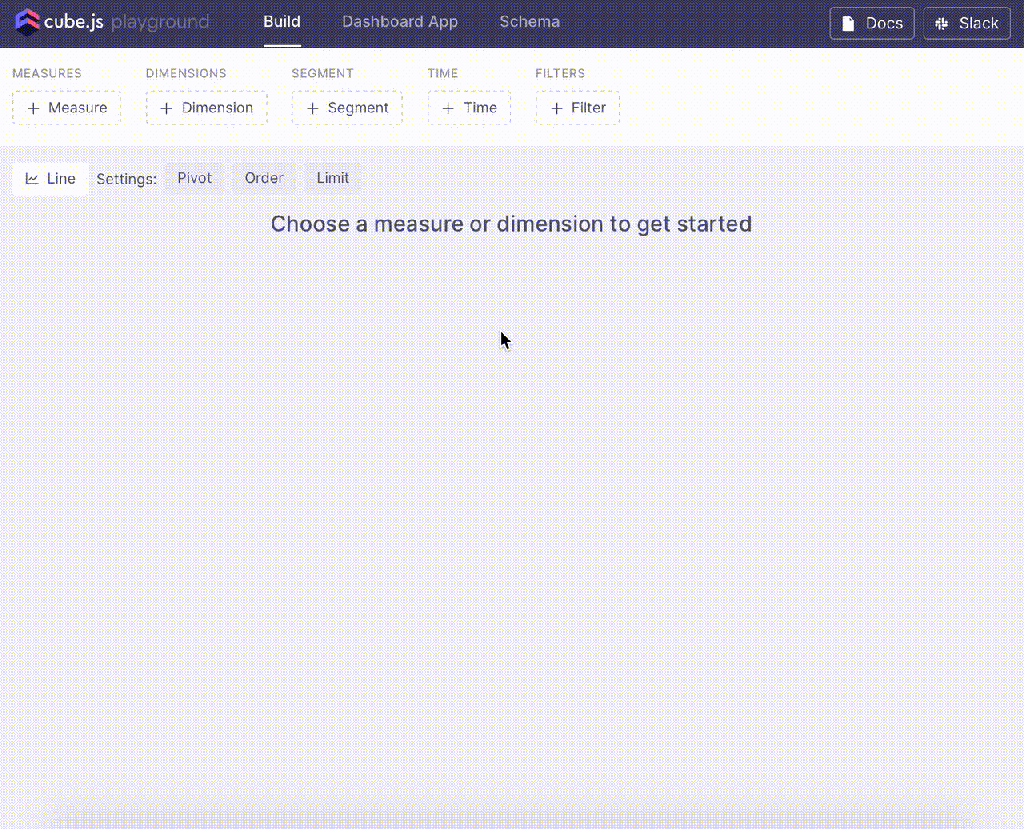
All the sessions from Transform 2021 are readily available on-demand now. Watch now.
Let the OSS Enterprise newsletter guide your open supply journey! Sign up right here.
Cube Dev, the corporation and core developer behind the open supply “analytical API platform” Cube.js, today announced it has raised $15.5 million in a series A round of funding to bring its very first industrial solution to market place.
“Big data” can give enterprises a treasure trove of important insights, as pooling information from CRM, promoting, and buyer assistance platforms unlocks customer acquiring trends that would not be probable with separate information silos. Achieving this may involve an “extract, load, transform” (ELT) strategy, meshing information ingestion and integration tools with cloud-based information warehouses such as Snowflake or BigQuery to mold the information into a typical format for less complicated evaluation. But how do firms in fact leverage this information to build internal enterprise intelligence dashboards or add analytics to current buyer applications? This is exactly where Cube.js comes into play.
Let’s take an instance of a customer finance app that makes it possible for its customers to dig down into their spending and transaction history via charts and graphs. In a proprietary world, the app developer may elect to license a chart interface from a enterprise intelligence (BI) vendor such as Looker or Tableau. But with a per-user pricing model, factors can get started to get quite high priced at scale, even though restricted customization possibilities can make the design and style and layout much less cogent and “on-brand.”
“Because of this, when a company wants to build a data analytics app, they typically undertake all of the complex steps required to access, transform, and serve data from their cloud data warehouse into their front end,” Cube Dev cofounder and CEO Artyom Keydunov told VentureBeat.
“Headless abstraction layer”
In a nutshell, Cube.js serves developers the backend infrastructure that connects their aggregated and transformed information to the finish-user visualizations. It’s made to circumvent quite a few technical barriers — such as SQL generation, caching, API design and style, query orchestration and acceleration, safety, and more — by positioning itself as a “headless abstraction layer” among the information warehouses and application.
“Cube.js replaces several manual steps that developers have to take regardless of the vendors in their stack,” Keydunov mentioned. “We frequently refer to Cube as the ‘API layer’ between the warehouse and the application.”
Cube.js ships with app templates for developing a dashboard application on prime of a information warehouse, applying numerous open supply libraries and tools.
And then there is the Cube.js developer playground, a internet-based tool for creating and viewing information schema, developing and executing queries against a information warehouse, and plotting the final results.

In quick, Cube.js assists firms “translate big data” into information-powered applications by taking a lot of the spadework out of the information engineering approach even though providing developers more design and style and development flexibility.
“Companies have already used the open source Cube.js library to build applications on top of data from cloud data warehouses like BigQuery and Snowflake because it saves them months’ worth of time versus building their own semantic and caching layers on top of a big data store,” Keydunov explained.
To additional create and commercialize the Cube.js open supply project, Cube Dev is applying its fresh capital to create a cloud-hosed SaaS version of Cube.js in conjunction with “select customers.” This will serve as a “fully managed API layer” for developing information apps on any cloud. Keydunov mentioned he expects to launch Cube Cloud later in 2021 but wasn’t at liberty to share quite a few further specifics about the solution.

The story so far
Cube.js’ origins can be traced back to 2016, when Keydunov and cofounder Pavel Tiunov had been working on a earlier enterprise intelligence startup referred to as Statsbot. In the intervening years, the duo saw adequate developer demand for Cube.js to release it below an open supply license in 2019, and it has considering that garnered customers from important firms, which includes IBM, PayPal, Intuit, and F5. Based on this traction, Keydunov and Tiunov elected to transition their complete focus to Cube Dev last summer time.
Cube Dev’s series A round was led by Decibel, with participation from Bain Capital Ventures, Betaworks, and Eniac Ventures. The corporation had previously raised $6.2 million by means of a seed round of funding last September.






/cdn.vox-cdn.com/uploads/chorus_asset/file/25426595/8A0A1236.jpeg)